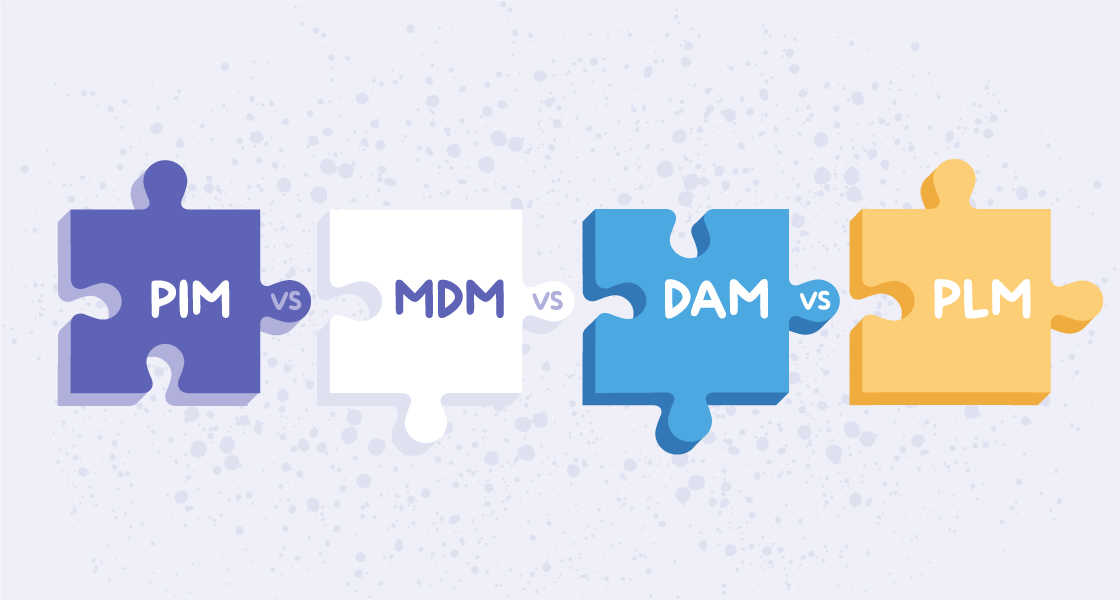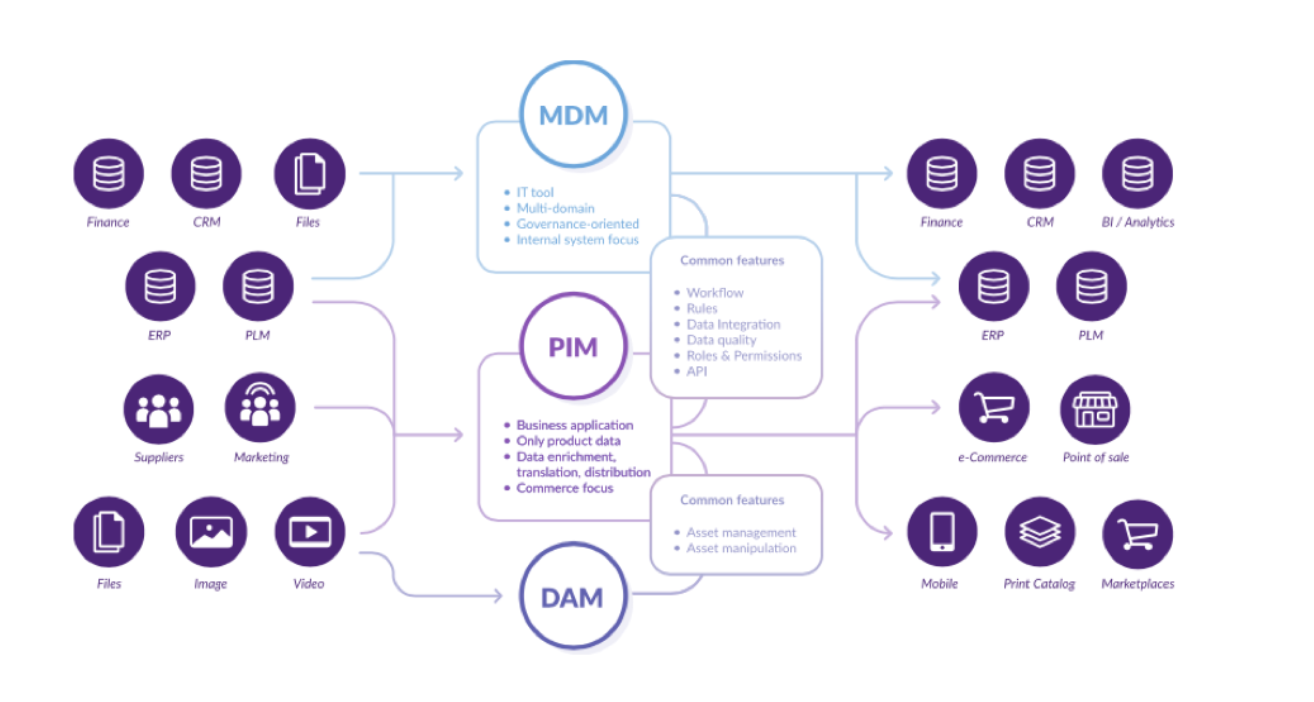We seem to be living through the heyday of data — call it the data days. Increasingly, industry experts and observers are preaching the importa...

Keywords
We seem to be living through the heyday of data — call it the data days.

MDM is a single source for all information, while PIM focuses on product information – ideal for supporting your marketing and sales teams.
PIM handles digital assets associated with product information, while DAM handles digital assets enterprise-wide.
PLM is an internal system that doesn’t hold customer-facing information but can integrate with PIM to provide technical details for merchandising.


The circular economy presents a powerful opportunity for businesses to align sustainability with profitability by minimizing waste, maximizing...
Read more
Discover what makes Akeneo more than just a workplace. From fostering a culture of care and work-life balance to providing opportunities for growth...
Read more
2024 has been a year to remember for Akeneo. For the third day of PXMas, we’re sharing the stories behind just a few of the prestigious awards...
Read more